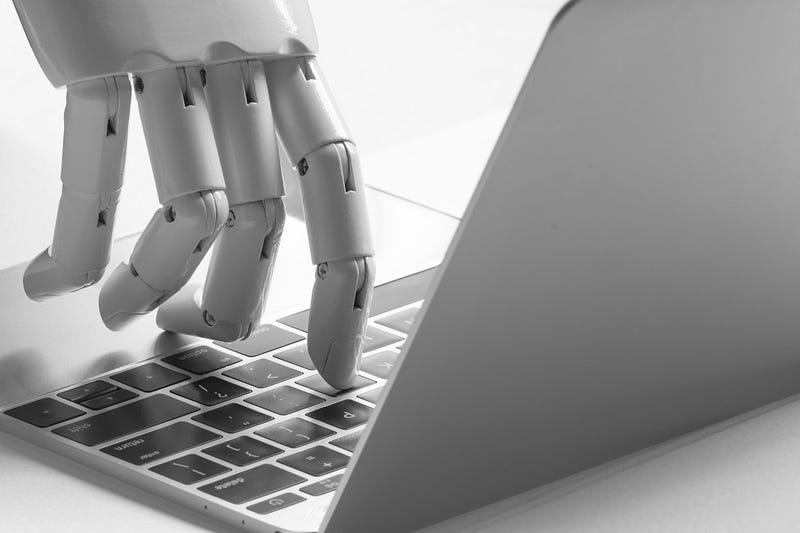By Ben Parkison
I recently attended the Voice Summit, and have thoughts about where Voice is going.
My daughter and Alexa were born the same year, making them both four years old. My daughter regularly interacts with Alexa, playing music, asking questions, and most importantly making Alexa make animal sounds. From watching this interaction every morning, I can tell you that my four-year-old is a more capable communicator than Alexa. And that’s no knock on Amazon: This is the case for all voice platforms today.

While we’re building real value for enterprise clients with voice today, at Valence we’re most excited about what we see coming in the next few years:
Better Technology — These systems are improving every day in their ability to understand inputs and their ability to naturally deliver a response. As this evolution continues, we’ll see more adoption of voice interfaces and more capable solutions.
Access to More Data — Enterprise companies are continuing to adopt modern data management strategies and cloud first designs. The rising tide lifts all ships, and this progression will allow enterprise applications, including voice solutions, to do more.
Systems That Listen — The idea of invoking a voice interface will be an artifact of our time. As voice recognition and contextual understanding gets better and better, voices assistants will be able to listen, know who is speaking, understand when action is needed, and respond immediately.
New Hardware — The number and variety of ways we can access digital assistants will only increase. AR headsets, wearables, and even more amazing tech like this will make voice assistants ubiquitous.
Conversational UIs — There’s more to how we use language today than just the words coming out of our mouths. As AI becomes more integrated with voice interfaces, we will truly move to conversational user interfaces that can visually identify the speaker, detect mood, understand if you are confused, impatient, or interested in the conversation, and more. All of this will allow conversational UIs to become more emotionally aware. Do I want my conference room Alexa device to read my mood? Maybe not. But image an emergency room, or a high stakes negotiation, or a combat scenario, and any other emotionally charged human environment. Then does it make sense for my interface to be more emotionally aware? Maybe.
As these advances continue in the next few months and years, conversational interfaces will be the tip of the spear in how we define AI and how it reshapes our relationship with digital systems.




